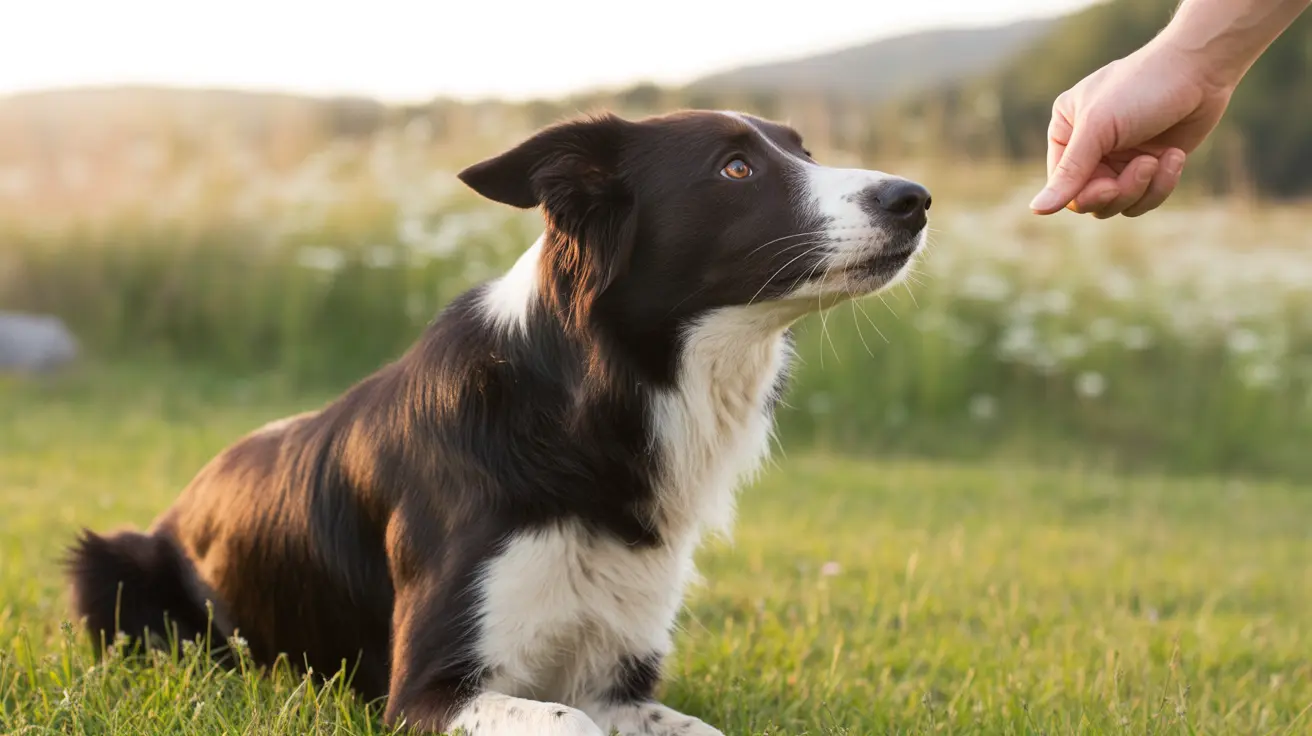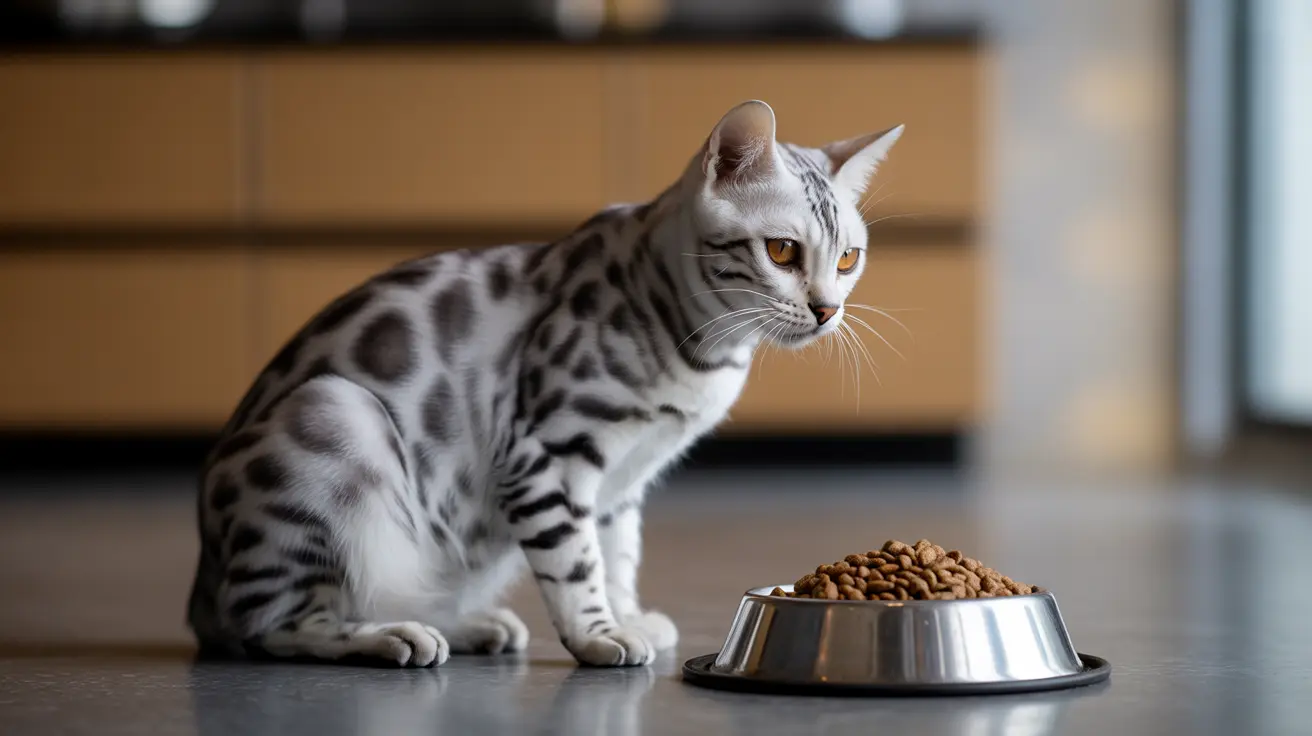Effective Ways to Stimulate Your Dog Indoors
Keeping your dog stimulated indoors is crucial—especially when outdoor activities are limited. Whether due to weather, restrictions, or personal limitations, it’s still vital to meet your dog’s physical and mental stimulation requirements. A well-engaged dog is a happy, healthy, and less destructive companion.
Why Dogs Need Indoor Stimulation
Dogs require a balance of stimulation to thrive:
- Physical stimulation: Activities like walking, running, and play help maintain a healthy body.
- Mental stimulation: Problem-solving, scent tracking, and learning new skills enhance their cognitive health.
Without enough activity, dogs may develop behavioral issues such as chewing furniture, excessive barking, or hyperactivity.
Top Indoor Activities for Dogs
Here are practical, engaging ways to keep your dog entertained inside your home.
1. Obedience Training and Trick Teaching
- Practice commands daily for 5–10 minutes using positive reinforcement.
- Teach new tricks such as “shake,” “roll over,” or “put toys away.” Skill levels can progress over time.
2. Puzzle Toys and Food Games
- Use stuffed Kongs or puzzle feeders filled with kibble, peanut butter, or pumpkin for mental stimulation.
- Freeze toys to extend engagement time.
- Try food-dispensing puzzle toys or snuffle mats to simulate foraging.
3. Scent Work Games
- Play scent-based games like “which hand,” muffin tin puzzles, or cup-and-treat shell games.
- Create box searches with hidden treats.
- Set up a scavenger hunt around the house.
4. Physical Indoor Games
- Hide and seek: Have your dog stay as you hide, then call for them to find you.
- Tug of war: Use a safe tug toy and supervise play.
- Fetch indoors: Use soft toys in a secure environment to avoid damage.
- Stair sprints: If you have stairs, guide your dog with toys or treats for an energy burn.
5. Obstacle Courses and Agility
- Build a DIY agility course using furniture, boxes, or tunnels.
- Train dogs to jump, weave, crawl—improving coordination and problem-solving.
- Add balance discs or wobble boards for advanced challenges and limb strength.
6. Novelty and Enrichment Tools
- Rotate toys regularly to maintain interest.
- Use dog-safe bubbles or DogTV for visual stimulation.
- Create a safe window perch for visual engagement and scent exposure from the outdoors.
7. Hands-Free Entertainment Tools
- Automated ball launchers can keep a dog engaged when you’re unavailable.
- Snuffle mats encourage slow feeding and hunt simulation.
- Offer chew toys or frozen treats to alleviate boredom and anxiety.
8. Social and Skill-Based Learning
- Set up indoor playdates or consider doggy daycares when possible.
- Enroll in indoor obedience classes or follow structured video training sessions.
- Use clicker training to build new commands and improve response consistency.
- Desensitize your dog to sounds for nerve calming.
Creative Bonus Ideas
- Try “spin,” “high five,” or “dance” for coordination and fun.
- Incorporate training into everyday moments—like mealtime or before walks.
- Elevate existing skills by practicing at varied distances or with distractions.
- Teach cooperative grooming or vet-prep tasks to build trust.
Conclusion
Providing indoor stimulation for your dog doesn’t require expensive gear or large spaces. From puzzle toys and obedience practice to scent-based games and obstacle courses, indoor engagement can meet your dog’s needs effectively. With consistency and creativity, your pup will stay mentally sharp, physically fit, and emotionally content, even within four walls.





